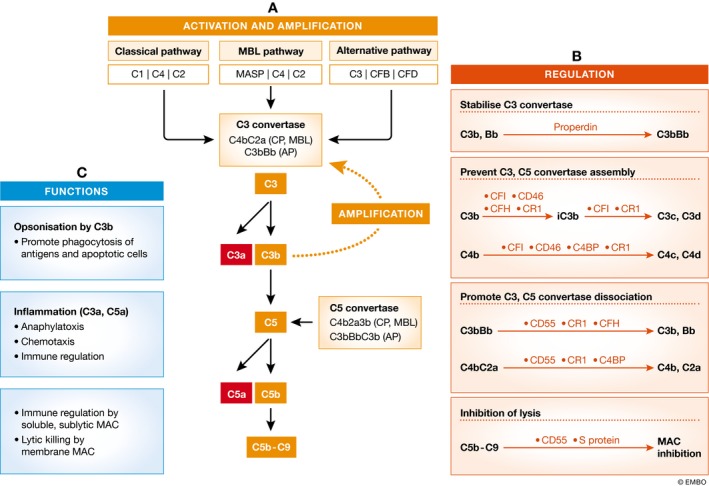Figure 3. Complement activation, regulation, and immune functions.

(A) The complement system can be activated by three pathways: the classical pathway (CP), mannose‐binding lectin (MBL) pathway, and the alternative pathway (AP); all lead to the cleavage of C3 and C5 and the formation of C5b‐C9. In the CP and MBL pathways, the C3 and C5 convertases are C4b2a and C4b2a3b, whereas in the AP, they are C3bBb and C3bBbC3b, respectively. Once C3 is cleaved into C3a and C3b, the C3b fragment can form C3bBb to amplify the complement activation cascade. Therefore, even if the initial activation is mediated by CP or MBL pathway, the cascade is ultimately amplified by the AP. (B) The complement activation cascades are regulated at multiple levels. Properdin is the only factor that stabilizes C3bBb and enhances complement activation. CFI, CD46, CFH, CR1, and C4BP prevent the assembly of C3 and C5 convertases by further breaking down C3b and C4b, whereas CD55, CR1, CFH, and C4BP can dissociate C3 and C5 convertases. CD59 and S protein can prevent the assembly of C5b‐C9. (C) Activation of the complement system generates C3a, C3b, and C5a fragments that are actively involved in immune responses. The soluble form of and sublytic levels of C5b‐C9 can regulate immune cell functions, whereas the membrane MACs directly kill pathogens and cells.
